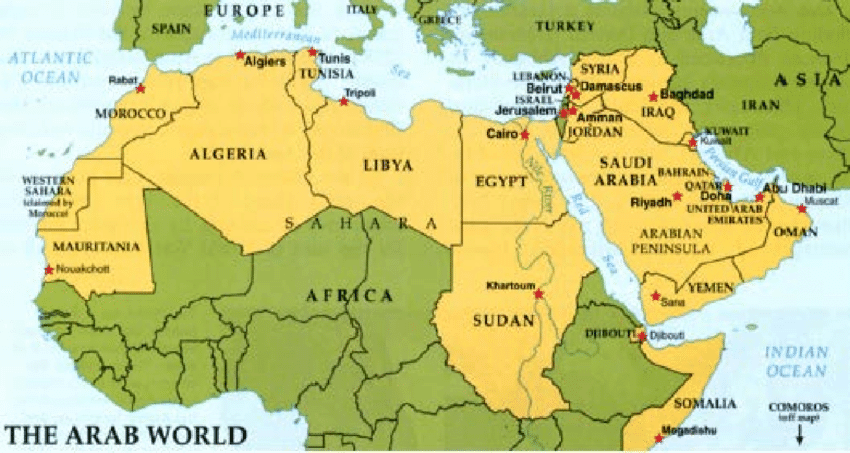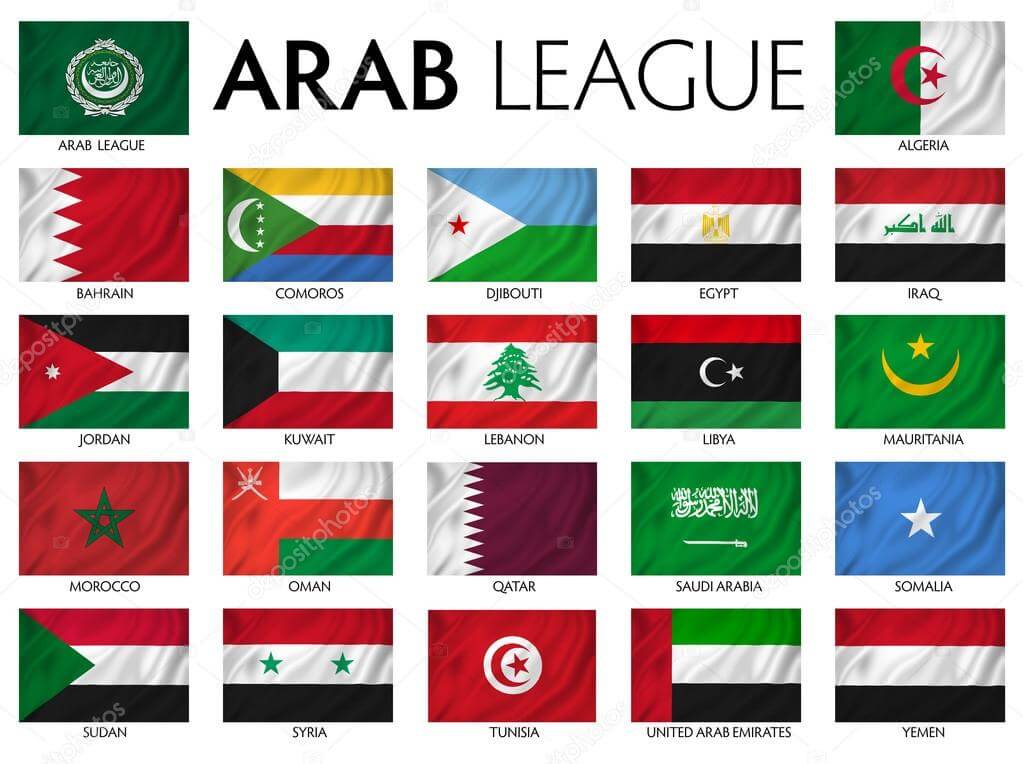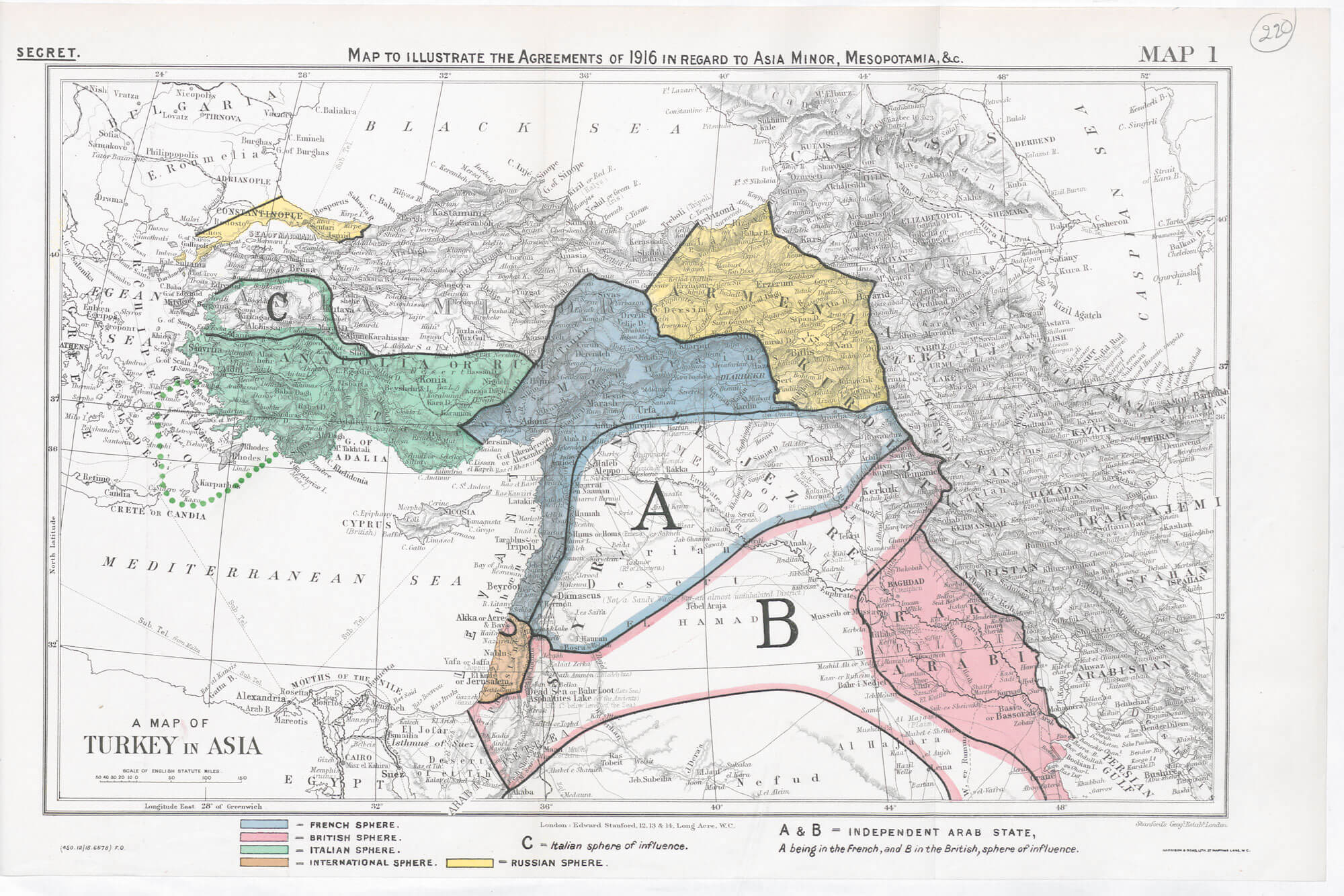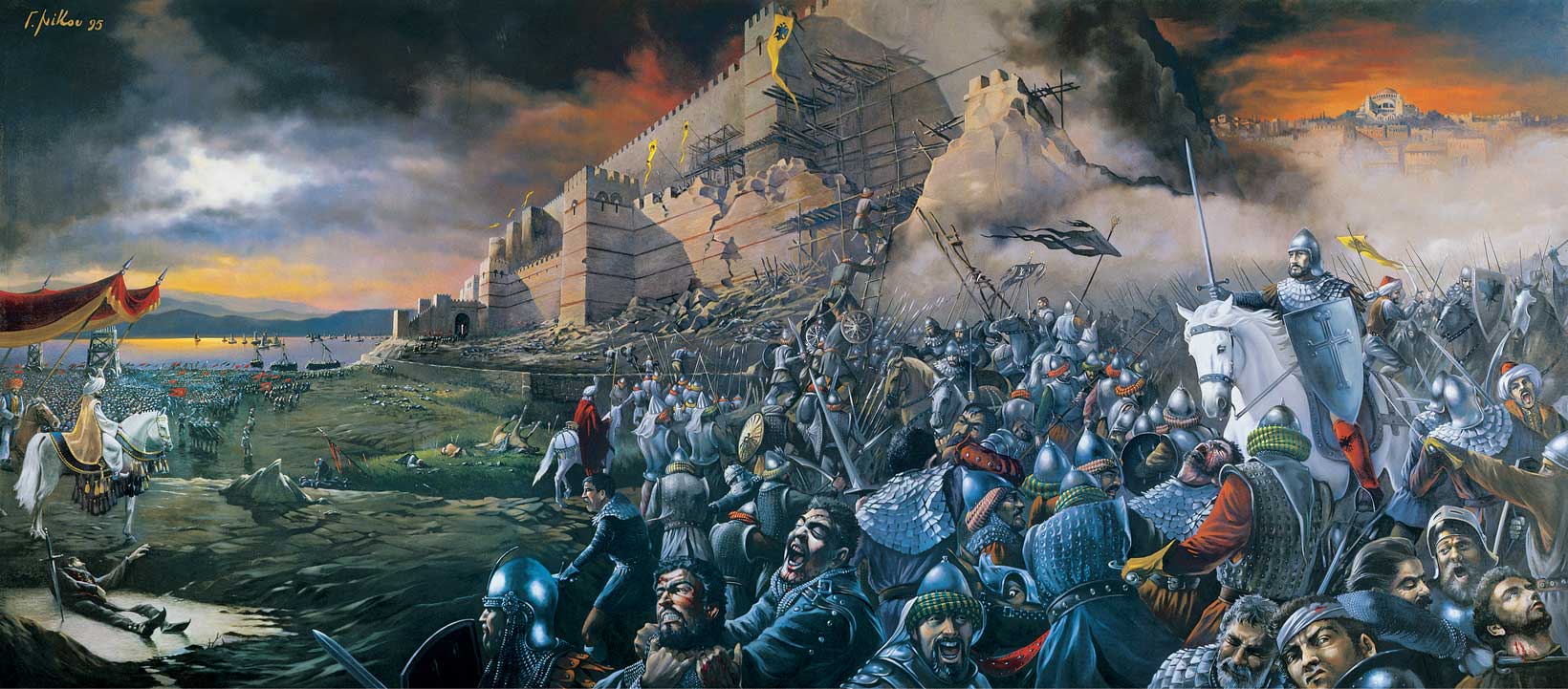In the sixteenth century, the Arab world came under the Ottoman Caliphate. Before the Ottomans, the region was ruled by the Mamluk and Safavid dynasties. The Mamluks ruled Egypt, Syria, Hejaz and Yemen. The Safavids had power in Iraq. Morocco and parts of Libya were colonized by Spain.
The Ottomans began to conquer different parts of Arabia one by one in the early sixteenth century. That was during the reign of Sultan Selim I. Almost the whole of the Arab world then fell into the hands of the Ottomans.

This victory of the Ottomans brought the divided Arab world back under a single rule. During the Ottoman period, the Arab world had a very good time on some issues.
Arab World during The Ottoman Period
The Ottoman sultans protected the Arabs from external enemy attacks. It has given every citizen its economic, social and religious rights. The Ottomans are non-Arabs; But Arab Muslims never thought we were ruled by a foreign nation. Why only in Arabia, people all over the Muslim world adopted the Ottomans. He was considered the legitimate caliph of the Muslim world.

The Ottomans were believers in the Sunni faith. Their role in spreading the Sunni creed is highly commendable. Shiite ideology was widespread in Iraq during the Safavid period. Shiites have been active throughout Iraq, with pilgrimages to Najaf, Karbala, and Kazimiyah. The Ottomans deliberately spread Sunni doctrine there again. He established a religious madrasa. Abu Hanifa and Abdul Quader Jilani to divert the attention of Muslims from various Shia shrines. It also facilitates visits to the graves of those who have more graves in Iraq.

The reforms of the Ottomans were multifaceted. Reforms also took place in Tasawwufcharya. In place of Bay-Shara Pir-Muridi, the Shariah-compliant Tasawwuf spread. He established standard madrasas all over the Muslim world for the study of pure knowledge. So many great scholars were born during the Ottoman period. From the point of view of jurisprudence, the Ottomans follow the Hanafi school. Government courts were run according to Hanafi jurisprudence. However, local courts of other sects were also established in different areas.
Like the first period of the caliphate, the Ottomans also marched towards the world with the victory flag of Islam. They expand the size of the Muslim world on all three sides of Europe, Africa and Asia. Because of this great victory, the Muslims began to respect the Ottomans enough.
Twelve Provinces of The Arab World

During the Ottoman period, the Arab world was divided into twelve provinces. They are Hejaz, Beirut, Yemen, Basra, Baghdad, Musel, Halab, Damascus, Algeria, Tripoli, Tunisia and Egypt. The capital of this whole empire was Istanbul. The governor of each province was called Pasha. The Ottomans also paid attention to the traditions of different regions.
If there is a traditional ruling family in an area, they have kept them in power. In addition to governors, sheriffs were appointed in various provincial capitals and Arab cities. Sharif is the Prophet. Descendants of Mostly they were Arab families. The main task of the Sharifs was to mediate between the ruler and the people. The Sharif of Makkah enjoyed great honor and privilege during the Ottoman period. The Prime Minister of the Caliphate and the Sharif of Mecca were given equal status.
Governors were appointed for a renewable one-year term. Due to the short tenure, the governors would have focused on how much tax and other government revenue could be recovered without embarking on long-term development projects. Because, it would increase the chances of getting appointment in the next term. These funds were sent to the capital.
How Long Ottomans Rule The Arab World?

Governors also received their annual salaries from this income. In addition to raising money, they were also responsible for keeping the local people loyal to the caliphate, providing security for human life and property, and monitoring trade and commerce. However, the sultan often replaced the governor a year earlier. Even so, the governor has changed in less than a month.
The Ottomans established the Sharia judiciary. The Sultan appointed the Chief Justice; Who was called Shaikhul Islam. Local Qazis were appointed in all the provinces as representatives of Shaikhul Islam. They were called ‘Monla’ (Mollah).
The ruling to be given by the Mufti areas. A total of twenty-seven qazirs (mullahs) were found throughout the kingdom. They did not belong to any particular nation. Some were Arab, some were Turkish, some were Kurdish. However, they were all followers of the Hanafi school. During the Ottoman period, the Hanafi school was the official school.
The Ottomans did not pay less attention to the welfare of the people. They were also aware of Islamic values. He was also invincible in military power. Yet at one point the Ottoman Empire collapsed. The Arabs revolted against the caliphate. The once mighty Ottomans began to lose the war to the West. Why? There are many reasons for that!
Author: Naeem Abu Bakr
Source: Monthly Natun Dak by Sakil Adnan


Leave a Reply